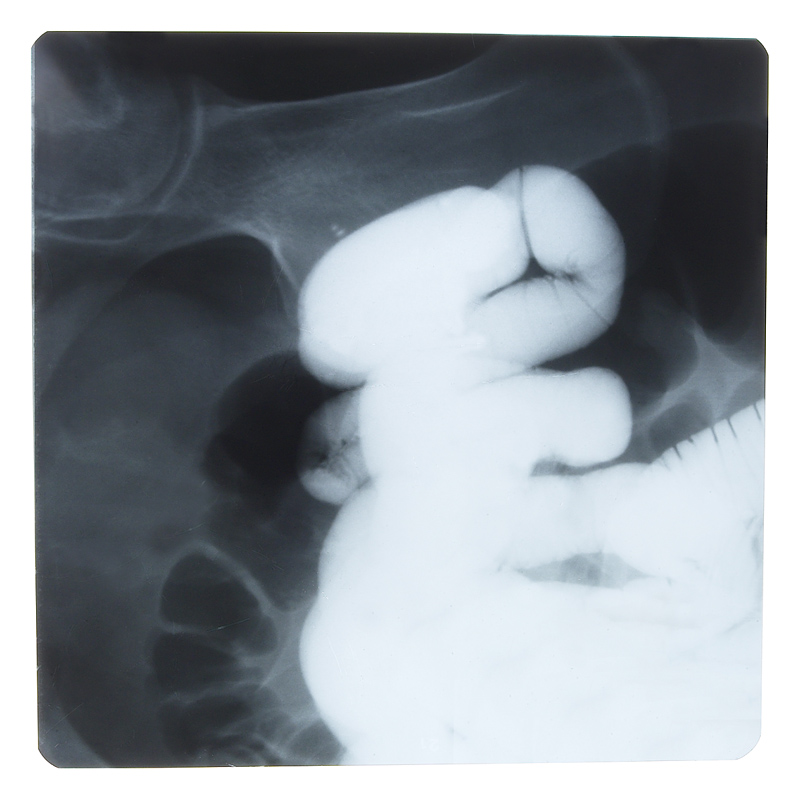
THURSDAY, Feb. 23 (HealthDay News) — Noninvasive, CT-guided “virtual” colonoscopy is similar to standard colonoscopy in its ability to detect colorectal cancer and precancerous polyps in people 65 and older, a new study finds.
Virtual colonoscopy, also called CT colonography, uses virtual-reality technology to produce 3-D images of the patient’s colon and rectum. While preferred by many patients, its effectiveness in comparison with invasive colonoscopy has been debated. Patients using CT colonography must undergo a pre-procedure intestinal purge, similar to patients having a traditional colonoscopy.
The new findings, published online Feb. 23 in Radiology, support the effectiveness of CT colonography as a frontline colorectal cancer screening tool for seniors, according to the study’s authors.
The findings also come on the heels of two studies, published this week in the New England Journal of Medicine, that support the effectiveness of standard (invasive) colonoscopy in spotting colon cancer and saving patients’ lives.
In the study, researchers led by Dr. C. Daniel Johnson, of the Mayo Clinic in Scottsdale, Ariz., conducted a secondary analysis of data collected in the American College of Radiology Imaging Network’s (ACRIN) National CT Colonography Trial.
That study of 2,600 people aged 50 and older compared CT colonography to conventional colonoscopy, which is still considered the gold standard. In findings that were published in the New England Journal of Medicine in 2008, CT colonography detected 90 percent of polyps measuring 1 centimeter in diameter or larger, which are most likely to become cancerous. The technique was also highly accurate in detecting polyps as small as one-half centimeter.
However, the U.S. Centers for Medicare and Medicaid Services has deferred coverage for CT colonography, primarily due to a lack of data on its effectiveness in patients 65 and older.
So, this new analysis of the data focused on findings from a subset of 477 participants aged 65 and older. These patients were much more likely than those younger than 65 to have large polyps — 6.9 percent vs. 3.7 percent, respectively.
“Our goal in carrying out this secondary analysis was to determine if the accuracy of CT colonography to detect polyps of clinical concern in patients 65 and older is comparable to the test’s accuracy for the 50-and-over population studied in the 2008 ACRIN trial,” Johnson said in a journal news release. “We found no significant difference in the screening exam’s performance between the two age groups,” he said.
However, two gastroenterologists familiar with the study findings were more cautious.
“Colonoscopy is still the gold standard and best test to detect polyps of any size,” said Dr Roshini Rajapaksa, a gastroenterologist at NYU Langone Medical Center and assistant professor at the NYU School of Medicine in New York City. “While CT colonography is less invasive and does not require sedation, it still requires a prep — what many patients feel is the worst part of standard colonoscopy — and if a polyp is found by CT colonography, in many cases, the patient will need to get a standard colonoscopy to remove it,” she said.
Dr. David Bernstein, chief of the division of gastroenterology at North Shore University Hospital in Manhasset, N.Y. agreed that CT colonography may still not measure up to its rival.
“The current standard of care for the detection of precancerous polyps on screening standard colonoscopy is 25 percent, yet the authors report ‘even if intermediate-sized polyps of 6 mm [0.6 centimeters] or larger were targeted for removal with standard colonoscopy, the colonoscopy referral rate would not exceed 12.6 percent,'” Bernstein said. This means that, “when compared to standard colonoscopy, the authors are reporting a precancerous detection rate of CT colonography which is 50 percent less than that of standard colonoscopy.”
There is also the issue of cost. “Costs of the two procedures are comparable but a direct head-to-head cost analysis has not yet been performed and will have significant regional variability,” Bernstein said. “The cost of CT colonography must also include the cost of repeat colonic preparation and standard colonoscopy when abnormalities are found.”
However, study author Johnson calls CT colonography “a perfectly viable colorectal cancer screening tool for the traditional Medicare-age population.” He also believes that, “wider availability made possible by Medicare coverage of CT colonography would attract more seniors to be screened for colorectal cancer — which is so successfully treated when detected early. Making CT colonography more available to seniors ultimately could save lives.”
For his part, Bernstein said that, “while the CT colonography may have a diagnostic role in certain subsets of patients, it is too early to promote this technique for widespread colon cancer screening.”
More information
The U.S. National Cancer Institute has more about virtual colonoscopy.

